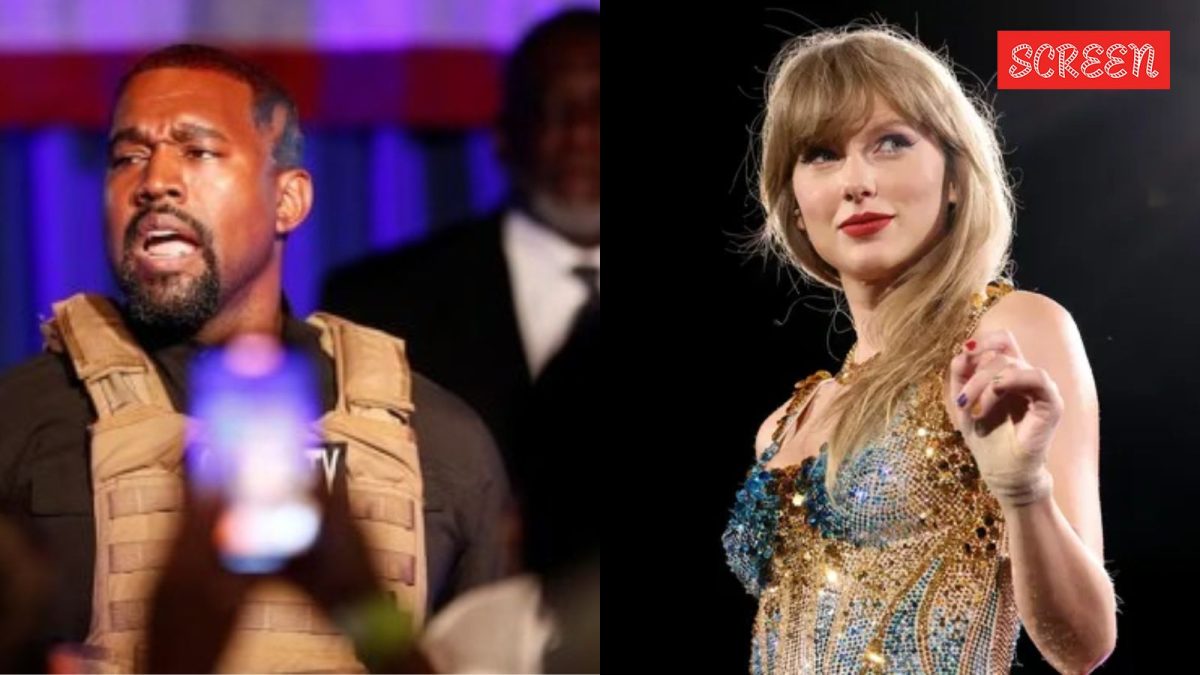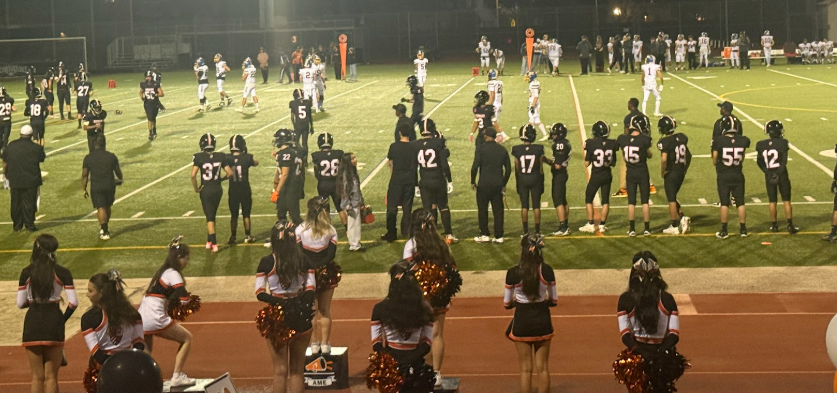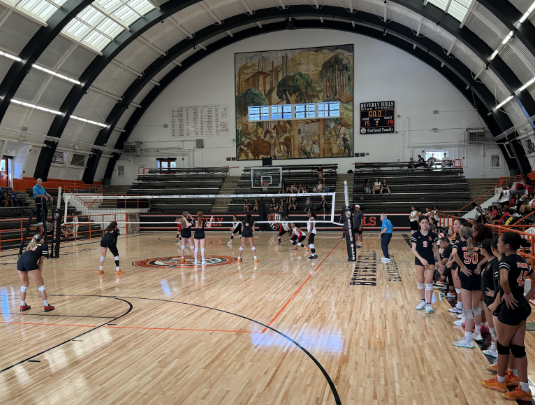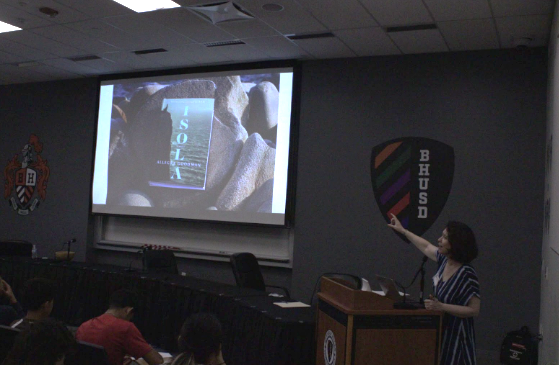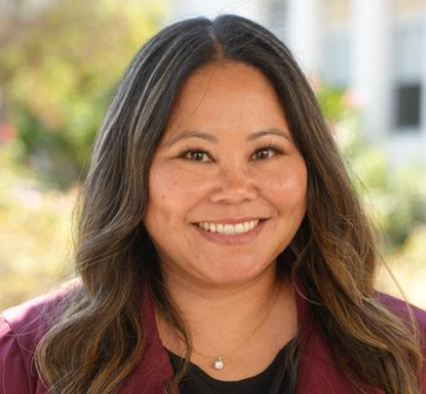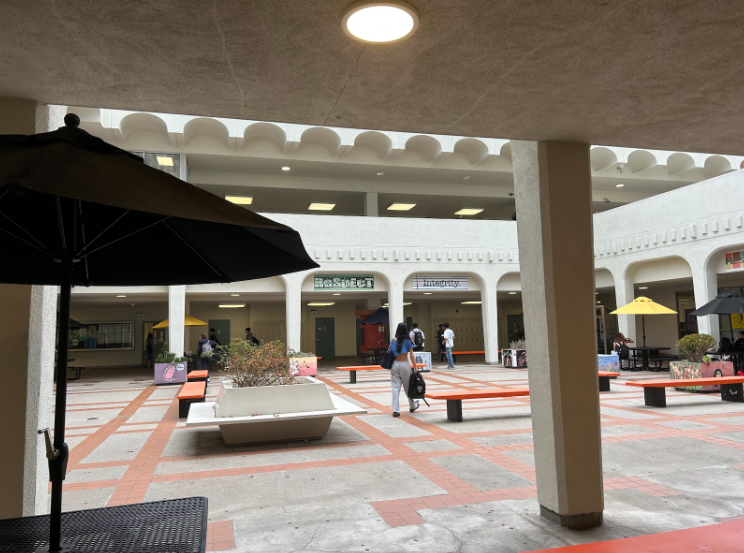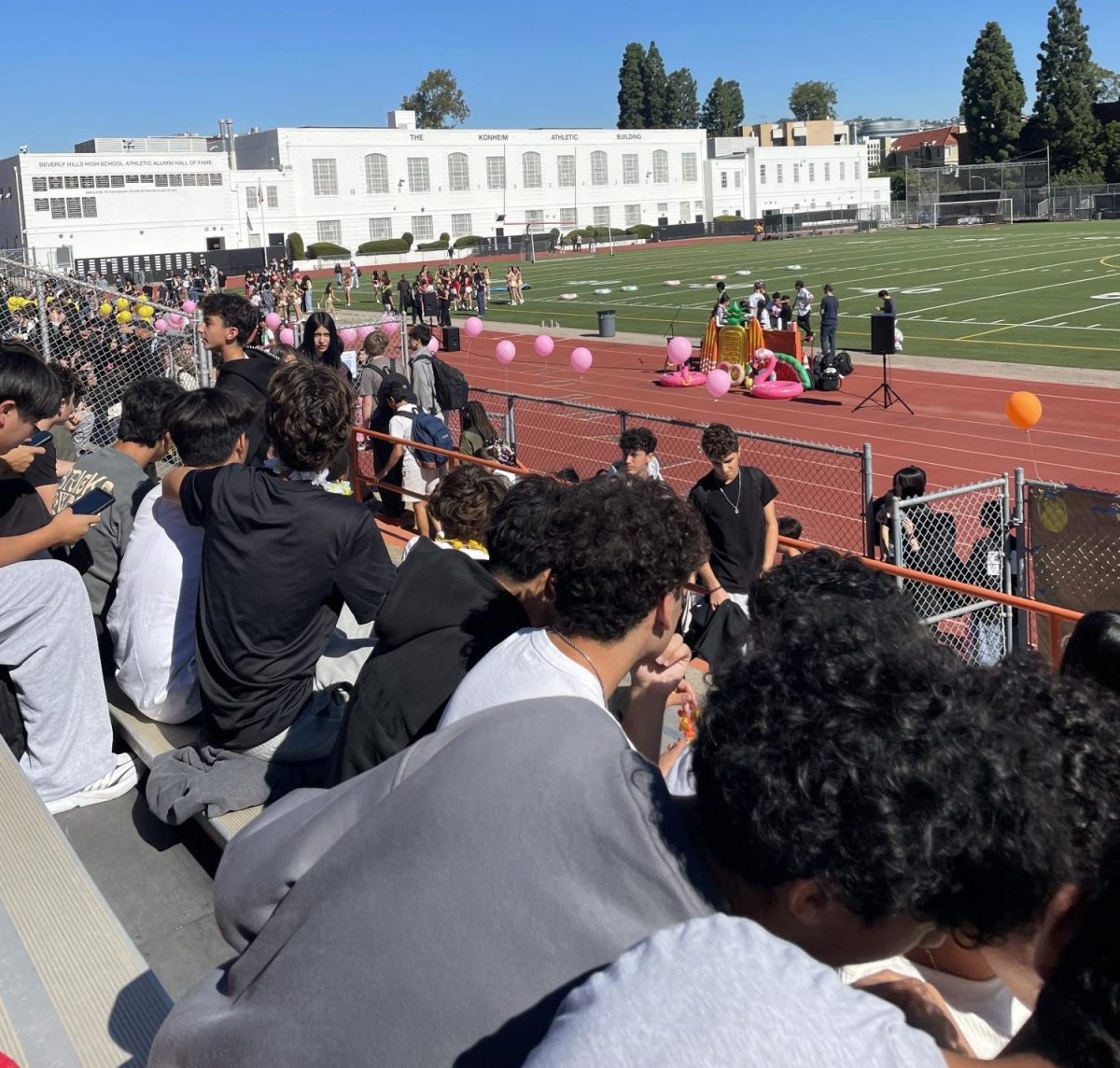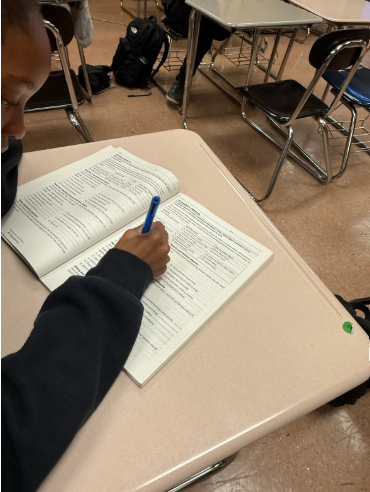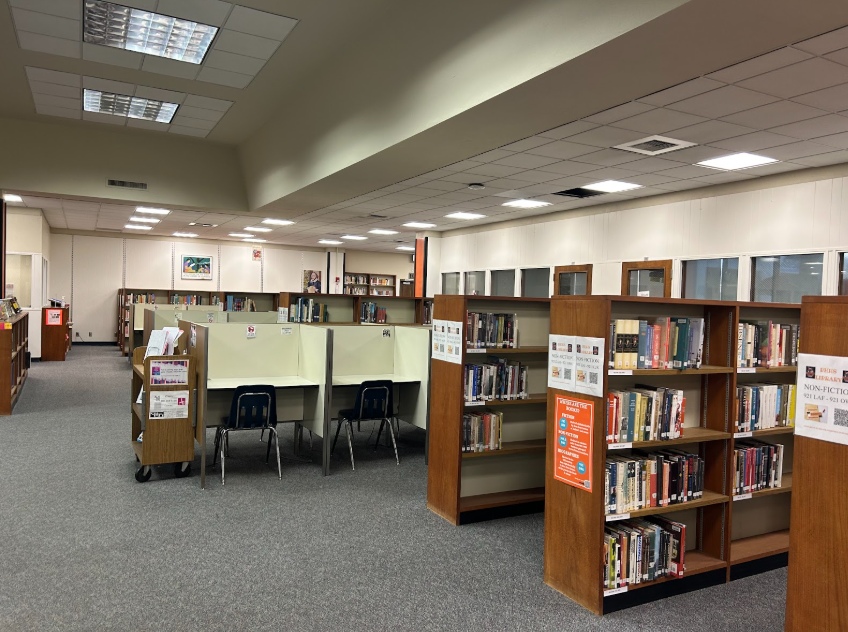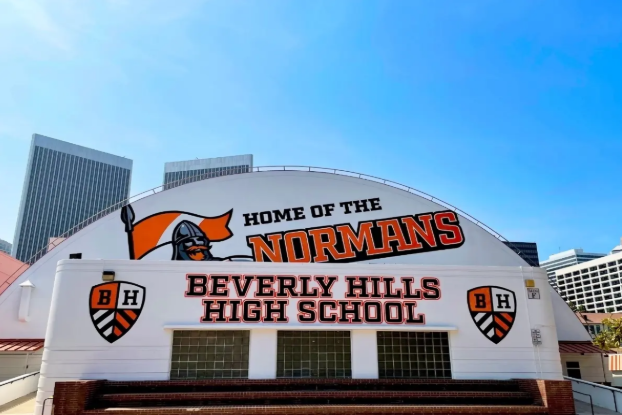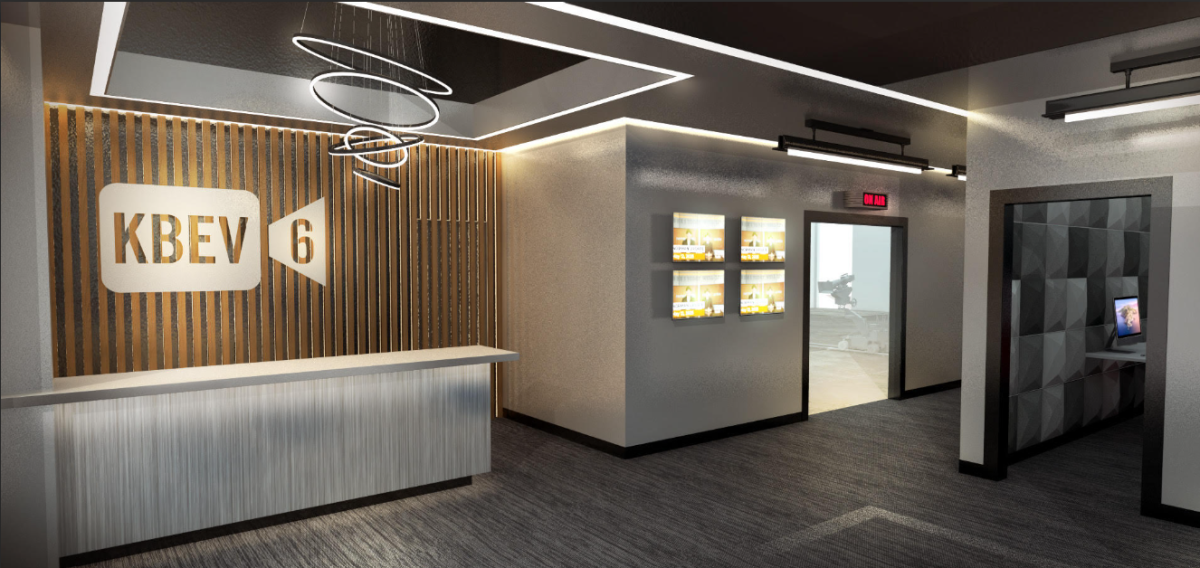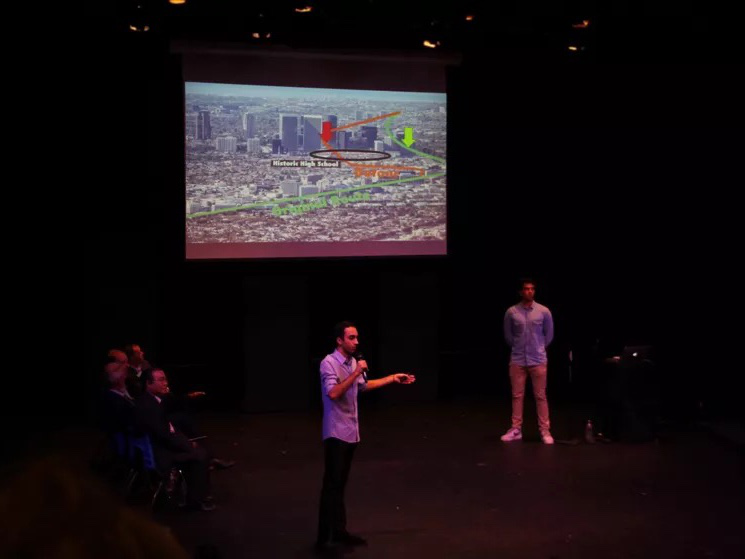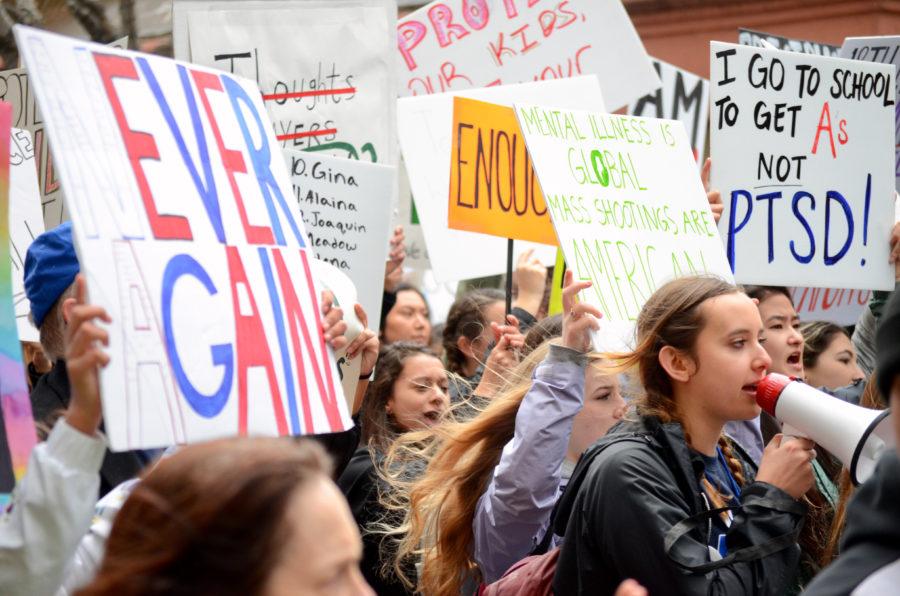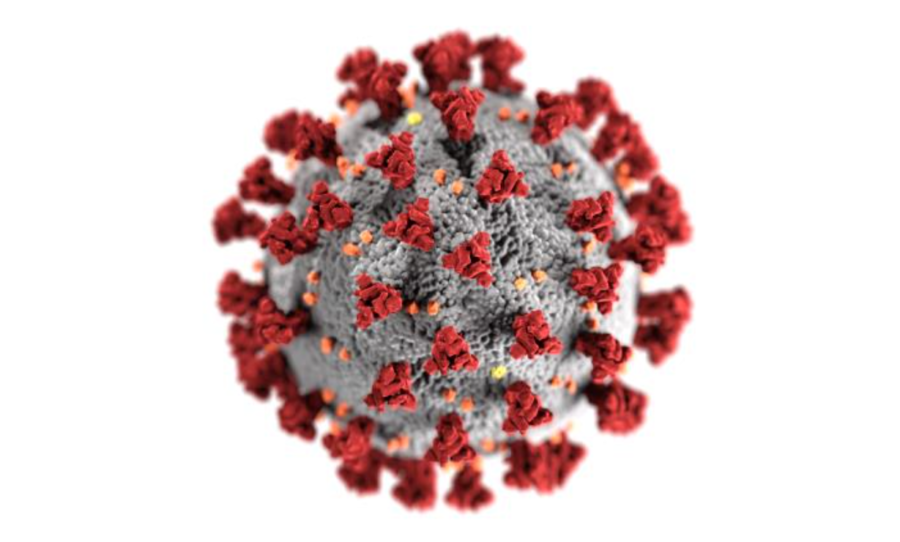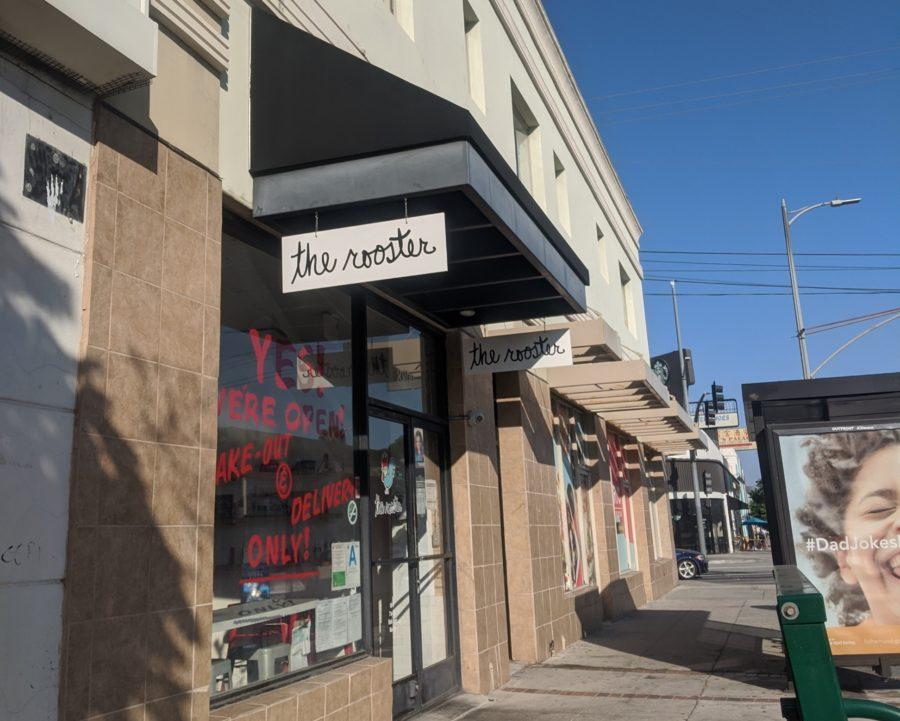Mikaela Rabizadeh media editor
Catherine Gagulashvili copy editor
The underlying purpose of implementing an underground metro system is to generate the most efficient, fruitful transportation system for all parties of a community. Essentially, a metro is supposed to bring a city together, not tear one apart. It is, in theory, a beautiful concept, one that strives to make communities more interconnected. However, by choosing a route passing underneath our campus, it poses a threat to the health and productivity of those who inhabit the school on a regular basis and must be challenged by those in opposition to this route. The Metro promises growth in community with the development of public transportation; however, their actions achieve just the opposite.
To put it simply: in a climate where the plethora of shootings and bomb threats are on our minds each time we enter our school gate, we should not also have to worry about the possible health issues posed by the methane gas and hydrogen sulfide on our campus. Since when did going to school become a threat to our wellness?
Regardless, students have been taking initiative to educate themselves about potential health risks posed by the drilling a subway line beneath our school. They have done so by forming the Student Action Coalition (SAC) to oppose Metro’s presence under our campus, attending informational meetings hosted by Metro and taking a stand as involved community members. Unfortunately, Metro has not addressed said risks with irrefutable, hard facts.
The Metro’s responses to cancer risks differ from calculations put forth by the district. The discrepancies and misinformation between the two parties leave uncertainty regarding the likelihood of potential risk. This problem, quite simply, boils down to a yes or no question: Is the installation of the new Metro route completely and reassuringly safe for those on campus? There should be no doubts when it comes to a topic so serious as students and staff potentially being exposed to carcinogenic chemicals on campus.
Thus far, student comments to Metro’s ambiguity on the topic have been met with the responses, “I don’t know” or “I’m not the right person to ask.” If there are tests and data backing up all the information, the vague and bureaucratic language that Metro loves to entertain must be dropped and the health risks must be directly addressed.
As we fall into this perpetual “he said, she said” stalemate, the Metro must stick to its original priority to support and service the community. It seems that, in the process, their priorities have shifted to personal benefit. This past January, Metro sales dropped to an all-time low for the decade. By implementing their system directly under Century City, Metro lands on an economic goldmine, which may be one reason why they so diligently refused to hear the cries of our community. Metro is showing us that their thirst for increased sales trumps the health of our school community.
Our safety is more important than any number of zeros on a check. We are worth more than a business strategy. As students, we can demand answers and show we care to learn about possible health risks by joining SAC and attending Metro community forums and meetings. Together, we can overcome Metro’s attempts to silence our community. We can have our voices be heard.
Categories:
Move the Metro
September 30, 2018
0
Donate to Highlights
$125
$1000
Contributed
Our Goal
Your donation will support the student journalists of Beverly Hills High School. Your contribution will allow us to purchase equipment and cover our annual website hosting costs.
More to Discover





